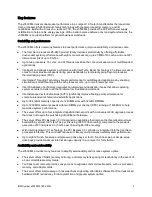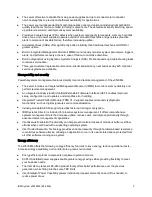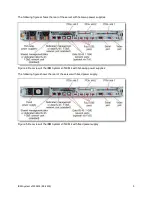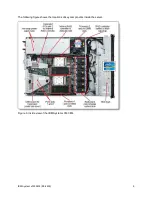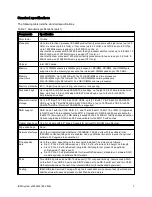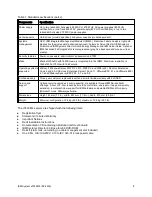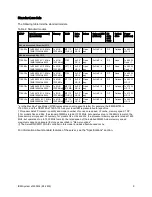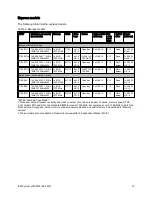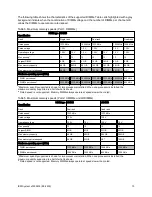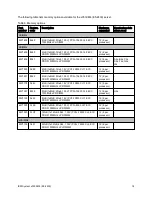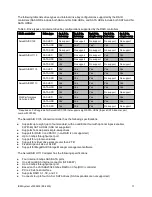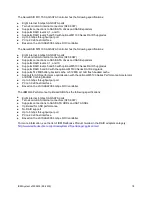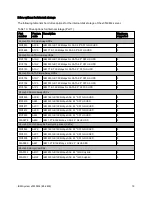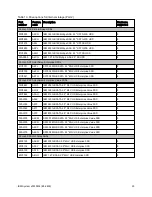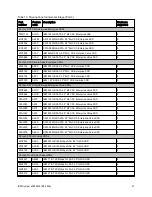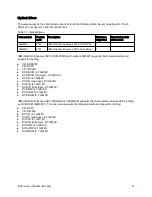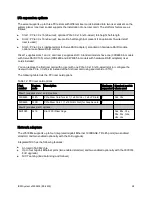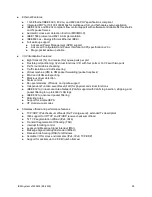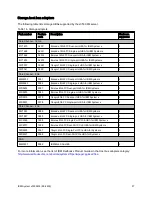
IBM System x3530 M4 (E5-2400)
12
Memory options
IBM DDR3 memory is compatibility tested and tuned for optimal IBM System x® performance and
throughput. IBM memory specifications are integrated into the light path diagnostics panel for immediate
system performance feedback and optimum system uptime. From a service and support standpoint, IBM
memory automatically assumes the IBM system warranty, and IBM provides service and support
worldwide.
The IBM System x3530 M4 (E5-2400) supports DDR3 memory. The server supports up to six DIMMs
when one processor is installed, and up to 12 DIMMs when two processors are installed. Each processor
has three memory channels, and there are two DIMMs per channel. The following rules apply when
selecting the memory configuration:
Mixing different types of memory (UDIMMs, RDIMMs, and LRDIMMs) is not supported.
Mixing 1.5 V and 1.35 V DIMMs in the same server is not supported.
The maximum number of ranks supported per one channel is eight (with the exception of Load
Reduced DIMMs, where more than eight ranks are supported because one quad-rank LRDIMM
provides the same electrical load on a memory bus as a single-rank RDIMM).
The maximum quantity of DIMMs that can be installed in a server depends on the number of
processors (six DIMMs with one processor installed, 12 DIMMs with two processors installed)
All DIMMs in all processor memory channels operate at the same speed, which is determined as the
lowest value of:
The memory speed supported by the specific processor.
The lowest of maximum operating speeds for the selected memory configuration that depends on
the rated speed, operating voltage, and quantity of DIMMs per channel, as shown under the
"Maximum operating speed" section in Table 5.
The following memory protection technologies are supported:
ECC
Chipkill (x4-based memory DIMMs)
Memory mirroring
Memory rank sparing
Chipkill works only in independent channel mode (default operational mode) and supports only x4-based
memory DIMMs.
If memory mirroring is used, then DIMMs must be installed in pairs (a minimum of one pair per each
processor, a maximum of two pairs per processor), and both DIMMs in a pair must be identical in type and
size.
If memory rank sparing is used, then two single-rank or dual-rank DIMMs must be installed per populated
channel (the DIMMs do not need to be identical). In rank sparing mode, one rank of a DIMM in each
populated channel is reserved as spare memory. The size of a rank varies depending on the DIMMs
installed.
Chipkill, memory mirroring, and memory rank sparing modes are mutually exclusive. Only one operational
memory mode can be enabled on a server, and it is a system-wide setting.


